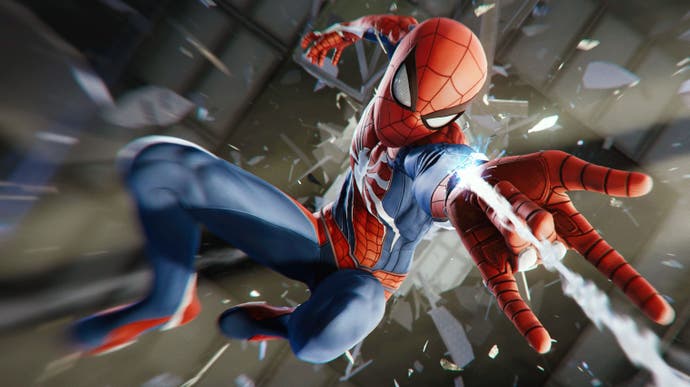Debunking the Spider-Man 'downgrade'
What if we told you it's been upgraded instead?
Those expecting confirmation of a downgrade to Marvel's Spider-Man when assessing final code should probably look away now. Having stacked up the final game against the E3 2017 presentation, our overall conclusion is that Insomniac is on the money here - there have been changes, as there are during production of any game - but there has been no technical downgrade. In fact, we'd say that the final presentation is upgraded in key respects, both technical and artistic.
We'll begin by tackling the key change that kicked off the whole episode - an adjustment in puddle placement in a scene which sees far less water coverage. It's the first image in the screenshot comparison block below, and there's no denying that the impact of the E3 2017 image is more striking. But what's more interesting is the composition of reflections in the water itself. Insomniac's Spider-Man uses reflections extensively - and brilliantly - throughout the game, and in the demo, these are rendered using a combination of screen-space and cube-map reflections.
Screen-space reflections are exactly that - elements of the scene that are visible can be repurposed and mapped onto reflective surfaces to convincing effect, but the key limitation is that parts of the scene that should be reflected but aren't rendered can't be included. For this eventuality, there is a fallback - the cube-map reflection. Think of cube-maps as static, pre-generated snapshots of the scene. The E3 demo uses tight, scene-specific cube-maps and SSR in tandem to give an effect so convincing that many even considered that Spider-Man may be using ray-tracing - but that isn't the case.
But there are changes in the final game and it seems that a specific cube-map for the scene reflections in the E3 2017 demo is possibly replaced with more generic cube-map art, giving the illusion of lower fidelity reflections. This is just a theory, but mapping scene-specific cube-maps throughout the game's reflections would be extremely difficult, so swapping to the generic art saves a lot of manpower. And we suspect that this would benefit from changing the position of water surfaces to produce the best effect, which is what has happened in the final game.
It's telling that of all the media released for the game, this is the only instance where the change is really evident. If our theory is right, this is a manpower issue, not a horsepower issue - but what's clear is that the underlying tech remains identical, and reflections remain a combination of SSR and cube-maps.
The notion of the change being performance-related - dare I say it - holds no water. For a start, I witnessed this demo being played in real-time on PS4 Pro hardware at E3 last year where it ran at the game's typically solid 30fps. Secondly, as Insomniac has stated, puddles are numerous and large in volume across the game. And finally, the truth is that Spider-Man has actually been upgraded via a day zero patch available to reviewers, which introduces dynamic resolution scaling.
The locked 1440p we measured in prior presentations is swapped out for a pixel-count that changes according to GPU load, reaching a peak of 1944p (90 per cent of 4K) in our test samples from across the game. The contested area with the adjusted puddles runs at 2816x1584 in our review code, a 21 per cent increase in resolution over the 2017 demo. It's the final nail in the coffin of the idea that the changes are performance-related - it's simply not plausible that reductions were made that would actually introduce a substantial chunk of overhead that allows for a large increase in pixel-count. Keep in mind that the rendering impact of the cube-map beneath the surface won't increase or decrease in this case - it's simply the underlying art that has changed.
The quality of Spider-Man's suit has also been a point of discussion over the last week, and again, there are changes in the final game compared to the E3 demo - but looking closely at the retail release, what we're seeing here is a re-think from the artists on what kind of material the suit should be made out of. Texture resolution is virtually identical to the original demo and the main difference here stems from a change in suit material. The E3 suit features more prominent specularity, and it's basically the difference between plastic and cloth. The final material is more diffuse in appearance while the E3 suit is extra glossy, so even though the resolution of the suit material textures is identical, the way light behaves across its surface has changed.
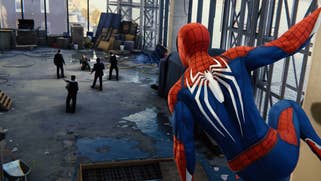


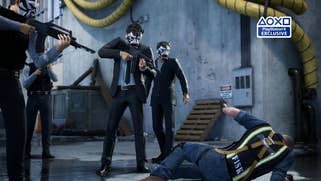
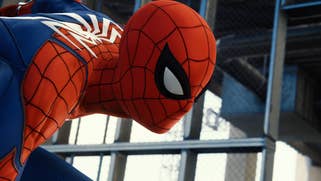
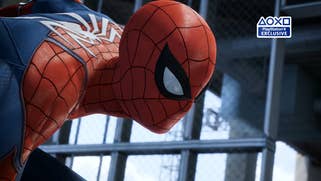

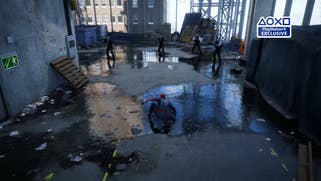
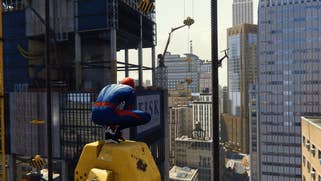
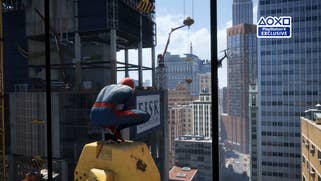

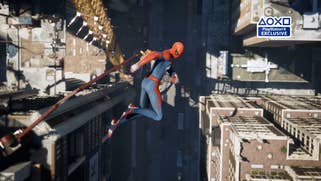


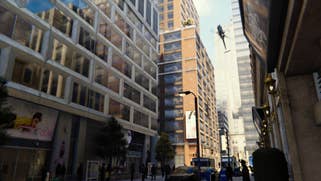
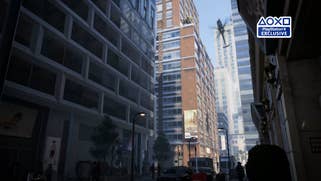
When in shadow, the final game exhibits a softer, diffuse appearance which is arguably more realistic - the E3 demo simply appears overly shiny and more plastic-like in comparison. In direct sunlight, the E3 demo gives the impression of a suit covered in saran wrap while the cloth material in the final game exhibits more natural light dispersal. Which one looks better is a matter of taste and varies per scene, but this is clearly an artist-driven change not one made to save on performance. The bottom line is that character detail is excellent and from a technological perspective, it's entirely consistent across the various demonstrations of the game.
Other changes between the two versions are again, entirely artist-driven. Lighting has seen some adjustment from a bright sunny day to a more overcast one, which necessitates some changes in the way shadow and especially indirect shade are handled. The missing pipe shadow in the puddle room? You'll find a similar shadow in the final game just outside where direct sunlight naturally casts a shadow. By and large, the end result is more realistic overall, sometimes dramatically so. Spider-Man also has a really neat trick in how it allows for visible interiors to be seen when running across the face of buildings - these are either missing, less defined or mostly hidden behind more reflective surfaces in the 2017 demo.
And then there's traffic: this may well be down to the dynamic nature of how cars are added into any given scene, but where there are cars visible in the demo, there are more of them in the final game. An engine-driven cutscene where a helicopter crashes onto the streets also sees obvious reflection improvements in the final game, while a pylon texture that looked a little murky in the demo gets a higher resolution upgrade in the game you'll play this week. It's all shown in the main Spider-Man analysis video embedded on this page.
So what's the real takeaway from this demo comparison? Well, honestly, I feel that Insomniac has does a tremendous job delivering on their promises. Visually, there are changes - the effectiveness of which may well be down to personal preference - but this is simply a matter of process and refinement during game development, something we've seen many times before. The bottom line is that the game looks phenomenal in its final form. I'd say that aside from the removal of the more accurate cube-map in the water room, there's improvement across the board here, with the presentation benefitting from a great deal of additional attention from the artists. Improved resolution via DRS is the icing on the cake - a final flourish that further embellishes an already beautiful game.
